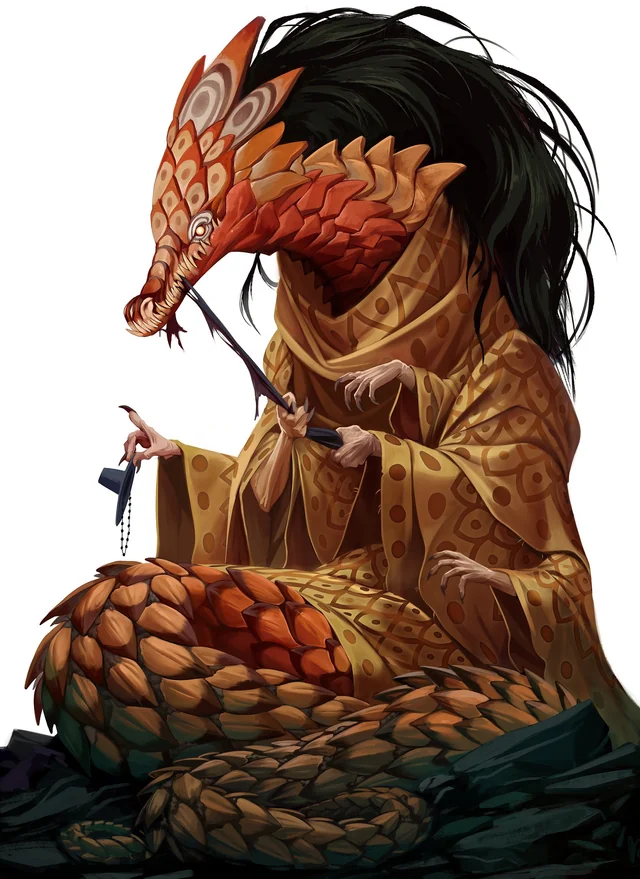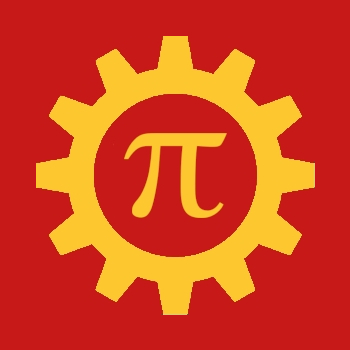A few years ago I found the youtube channel sudgylacmoe and watched what is still their most viewed video A Swift Introduction to Geometric Algebra where he introduce in a vulgarise fashion a branch of mathematics I didn’t know before, Geometric algebra more formally known as Clifford algebra(s).
Basically, geometric algebra is a generalisation of linear algebra which allow operations impossible in classic linear algebra such as multiplying vectors together and adding vectors and scalars and also generalise the objects of linear algebra to higher dimensions.
For example, you have 0 dimensional points (scalars) and 1 dimensional oriented line segment (vectors) just like in classic linear algebra, but on top of that, you have generalisations for every other dimensions: 2 dimensional oriented surfaces (bivectors), 3 dimensional oriented volumes (trivectors), etc…
One of the most interesting quirks of geometric algebra is that it makes a lot of the formalism of linear algebra as well as their applications in all sorts of sciences (physics, computer science, engineering, etc…) much simpler and more natural. For example, complex numbers, quaternions and spinors appear on their own naturally from the properties of multivector multiplication and a lot of physics equations and computer science algorithms are greatly simplified (this youtuber give the Maxwell’s equation(s), special relativity and a simple computer graphics algorithm as examples in the videos linked).
The channel is full of videos and shorts about geometric algebra for those interested.
I’d like to hear lemmygrad and hexbear’s math community’s’ opinions about it.


I saw that video too. Geometric algebra is equivalent to Clifford algebra, while linear algebra studies matrices (mappings between vector spaces) which I’m pretty sure generalize to any ring. I wouldn’t say that “geometric algebra is a generalization of linear algebra” since I think they are distinct.
My opinion is that it should replace any mention of imaginary number and quaternions in curriculum instead of just confusing students by introducing those as fact without showing the reasoning.
Also I think you would like this video (or 哔哩 link) which I find pretty insane.